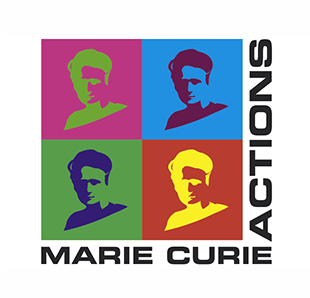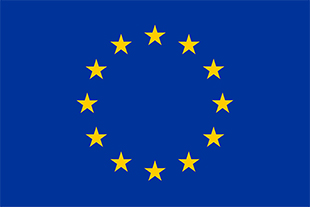 Web Content Display
Web Content Display
 Web Content Display
Web Content Display
 Web Content Display
Web Content Display
Project title: Immune regulation during infection and after vaccination
Acronim: STOPertussis
Durationion: 2022–2024
Acronim: STOPertussis
Durationion: 2022–2024
This research is part of the project No. 2021/43/P/NZ6/02314 co-funded by the National Science Centre and the European Union’s Horizon 2020 research and innovation programme under the Marie Skłodowska-Curie grant agreement no. 945339.
 Web Content Display
Web Content Display




 Web Content Display
Web Content Display
ABOUT THE PROJECT
The whooping cough has re-emerged in high-income countries despite high vaccine coverage. The increased incidence of pertussis has been attributed to a replacement of whole-cell pertussis (wP) vaccines to acellular pertussis (aP) vaccines in these countries. The mechanisms of vaccine-induced immunity by these two types of vaccines are different. The studies showed that wP vaccines induce protective mechanisms similar to these induced by natural infection with Bordetella pertussis (Bp). This provides long-term immunity and protection of upper and lower respiratory tract. In contrast, aP vaccines induce mainly neutralizing antibodies that give protection against symptoms of disease but fail to prevent upper respiratory tract infection and transmission of the pathogen.
This project aims determining the role of secretory leukocyte protease inhibitor (SLPI) and interleukin (IL)-17 in immune cells cross talk systemically and locally in respiratory mucosa during infection and vaccine-induced immunity. SLPI is known to have pleiotropic functions, however, they are mainly related to homeostasis and suppression of inflammation. Well-established model of Bp infection and immunization will be used to tackle universal mechanisms of bacterial clearance from the respiratory tract and generation of optimal, long-term immunity after vaccination.
Three main goals will be investigated during the project:
- regulation of SLPI expression in the local and infiltrated cells into the nasal mucosa will be determined after infection, reinfection and intranasal immunization. The nasal cavity is an important link between external and internal environment and constitutes a separate niche together with its unique mechanisms that assure protection of the host from the inhaled particles and pathogens.
- the role of SLPI-IL-17 signalling pathway in generation of protective SiglecF+ neutrophils and tissue-resident memory T cells (Trm) in the nasal mucosa will be evaluated.
- it will be established whether anti-inflammatory properties of SLPI contribute to immunosuppression induced by suboptimal aP vaccines.
The findings will reveal the important immunosuppressive mechanisms that can be induced by suboptimal vaccines and will provide better understanding of the nasal environment in controlling respiratory infections and the unique mechanisms behind protection of the upper respiratory tract.
The effects of these studies can be utilized during designing the novel vaccines that are able to induce long-term immunological memory and protection, including these for intranasal administration. This project can also define novel targets for new therapeutic molecules that will be able to protect the respiratory tract from being damaged by the pathogens.
